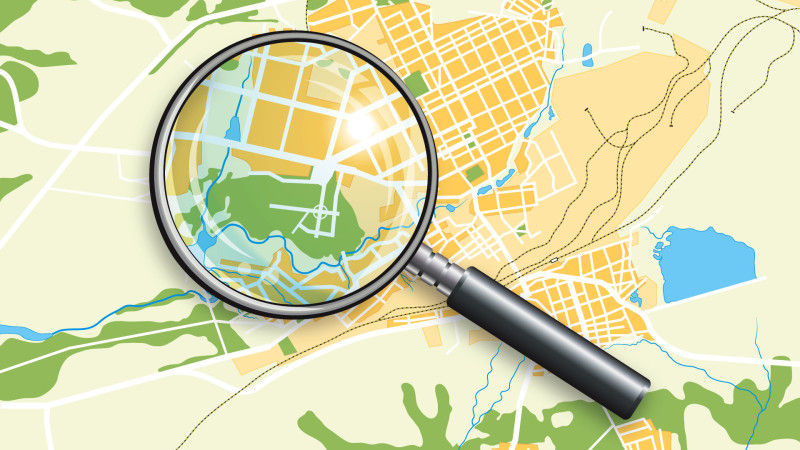Local marketing: What is the true local web?
- Fahad H

- Mar 23, 2016
- 2 min read

If you’re just in Yelp or the Yellow Pages, you’re not truly “local” yet. You’re missing out on audiences native to a particular city.
Yes, you have to be in these big directories. But marketing in the true local web means creating campaigns relevant to audiences where they live.
In this piece, I’ll outline our team’s recent findings on the anatomy of the true local web, with a focus on how “Web National” brands and app developers can organically access local customers in any community.
What is the “true local web?”
The true local web is composed of websites that are published by actual local organizations, as opposed to websites that are created by national publishers that don’t have a real local presence. In other words, these are websites published by entities with actual addresses in the city you’re trying to market to.
The true local web includes not just local retail or service businesses within a given city, but other organizations, as well. It includes the nonprofits. The arts. The news publishers, bloggers and events native to a location.
Who should care about the true local web?
There are three types of businesses vying for web traffic in CITY X:
Businesses local to CITY X
National chains with brick-and-mortar locations in CITY X
“Web National” businesses that serve CITY X without a brick-and-mortar location (think Uber)
When you write about “local marketing,” most people assume you’re talking about the first option above, maybe the second. The third generally gets ignored, even though it’s arguable that these organizations are most in need of true local web connections. “Web National” isn’t a ubiquitous term yet, but we’d argue that it’s a distinct category, separate from other national brands.








Comments